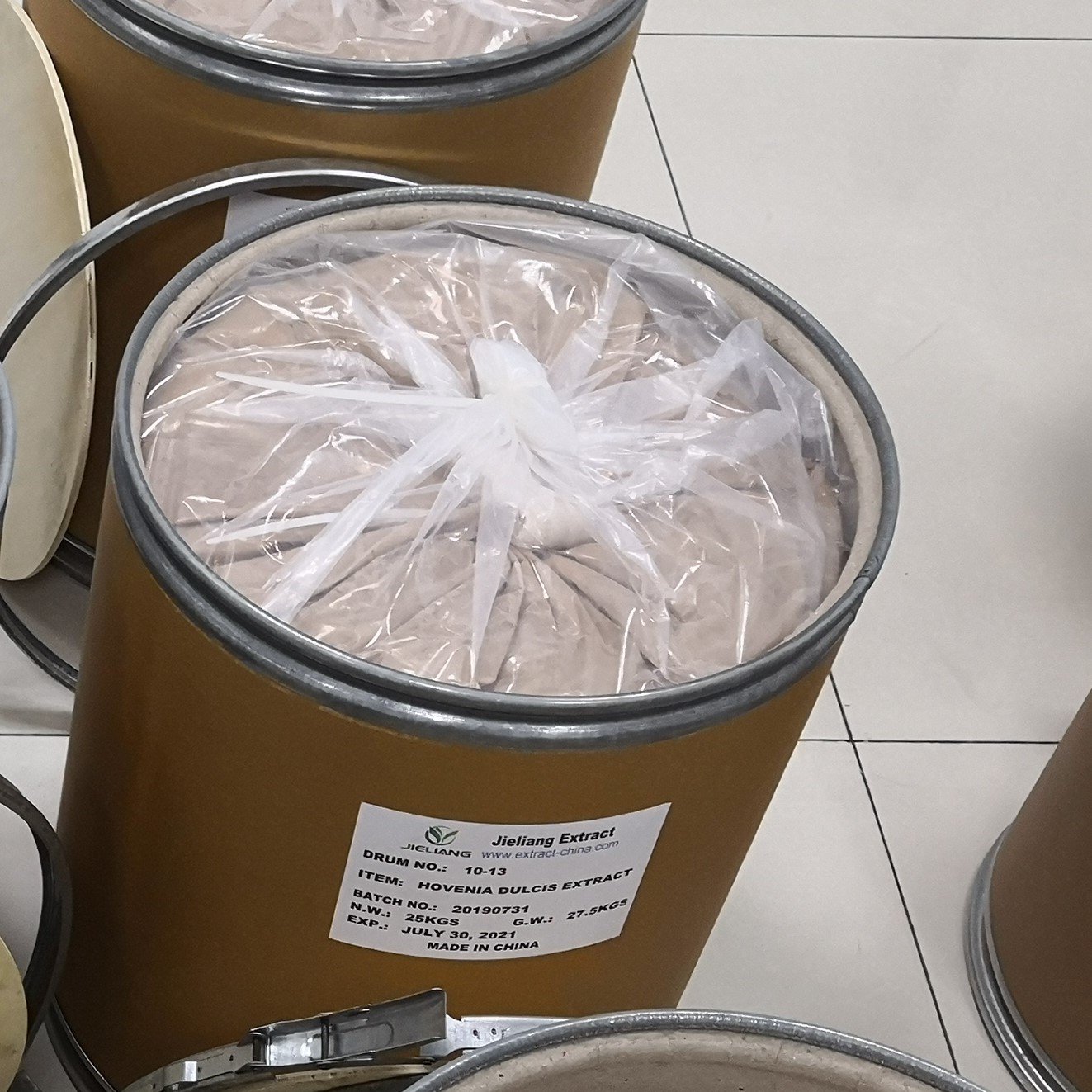Carnosic acid, a phenolic diterpene predominantly found in rosemary (Rosmarinus officinalis), has emerged as a compound of immense interest due to its potent antioxidant properties and diverse applications. Discovered in the 1960s, this molecule has captured the attention of researchers and industries alike for its ability to serve as a natural preservative, health supplement, and cosmetic ingredient. Unlike many polyphenols, carnosic acid’s unique terpenoid nature aligns it more closely with compounds like tocopherols and carotenoids, setting the stage for its remarkable biological roles. In this article, we explore its origins, distribution in plants, biosynthetic pathways, antioxidant capabilities, and practical uses, shedding light on why this compound is a cornerstone of natural product innovation. For more insights into rosemary’s beneficial extracts, visit our rosemary extract page.
Distribution in Plants
Carnosic acid is primarily concentrated within the Lamiaceae family, with rosemary and sage (Salvia officinalis) standing out as its richest sources. In rosemary, it can account for up to 10% of the dry weight of leaves, a testament to its abundance in this herb. This concentration varies due to genetic factors, environmental conditions, and developmental stages. For instance, rosemary plants exposed to elevated UV-B radiation or grown in cooler climates, such as those in England, tend to produce higher levels of carnosic acid compared to their Mediterranean counterparts. Conversely, stressors like drought, high salinity, or intense heat can reduce its presence unless mitigated by supplements like kinetin or fertilizers.
Within the plant, carnosic acid is not uniformly distributed. It accumulates predominantly in photosynthetic tissues—leaves, sepals, and petals—with leaves being the most abundant source. Research indicates that glandular trichomes on rosemary leaves are key sites of accumulation, suggesting a specialized role in protecting these structures from environmental stress. Curious about sage’s contributions to this compound? Check out our sage extract page for more details.
Biosynthesis of Carnosic Acid
The journey of carnosic acid from precursor to potent antioxidant involves a sophisticated biosynthetic pathway rooted in terpenoid production. It begins in the plastids with geranylgeranyl diphosphate (GGPP), which is cyclized into copalyl diphosphate (CDP) by copalyl diphosphate synthase (CPS). This intermediate is then transformed into miltiradiene by kaurene synthase-like (KSL) enzymes, such as RoCPS1 and RoKSL2 in rosemary. Miltiradiene undergoes further oxidation—potentially via cytochrome P450 enzymes like CYP76AH4—to form ferruginol, an aromatic intermediate, before culminating in carnosic acid through additional modifications.
This pathway, while not fully elucidated, mirrors processes observed in related Lamiaceae species like Salvia miltiorrhiza. The plastidial localization of these reactions underscores carnosic acid’s role in protecting photosynthetic tissues. For a broader understanding of how plants synthesize such compounds, explore our plant biosynthesis overview.
Antioxidant Properties
Carnosic acid’s standout feature is its exceptional antioxidant capacity, driven by its catechol moiety—two hydroxyl groups at C11 and C12 that donate hydrogen atoms to neutralize free radicals. This mechanism parallels that of vitamin E (α-tocopherol), yet carnosic acid often surpasses it in efficacy, especially at elevated temperatures. Studies demonstrate that it outperforms synthetic antioxidants like BHT and BHA in preventing lipid oxidation in oils, such as sunflower or soybean oil, making it a preferred natural alternative.
In rosemary extracts, carnosic acid and its derivative carnosol are believed to contribute over 90% of the antioxidant activity, a claim bolstered by its high concentration relative to other phenolic diterpenes. Its stability in food matrices, such as raw sausage or lyophilized chicken, further enhances its protective effects, often slowing the degradation of other antioxidants like tocopherols. To dive deeper into the world of antioxidants, visit our antioxidants resource.
Applications of Carnosic Acid
Food Preservation
In the food industry, carnosic acid shines as a natural preservative, recognized in the European Union as E392 within rosemary extracts. These extracts, standardized for carnosic acid and carnosol content, extend the shelf life of oils, fats, meats, and bakery products by thwarting oxidation. The EU mandates a high ratio of these antioxidants to volatile compounds like 1,8-cineole, ensuring deodorized extracts prioritize preservation over flavor. For more on cineole’s benefits, see cineole benefits.
Health and Nutrition
Beyond preservation, carnosic acid offers promising health benefits. Its antioxidant properties translate into anti-carcinogenic, anti-inflammatory, and neuroprotective effects, with studies showing potential against hepatic steatosis and neurodegenerative disorders. In vivo research highlights its bioavailability, with traces detected in muscle tissue and the circulatory system, supporting its use in supplements. Explore related plant-based health solutions on our health benefits of plant extracts page, which also covers compounds like spermidine and puerarin.
Cosmetics
In cosmetics, carnosic acid protects skin from UV-induced damage and aging, leveraging its antioxidant and antimicrobial properties. It’s a key ingredient in anti-aging formulations and oral health products, where it combats cariogenic bacteria. Learn more about natural cosmetic ingredients at our cosmetic ingredients page.
Additional Benefits: Antimicrobial Action
Carnosic acid also exhibits antimicrobial activity, particularly against Gram-positive bacteria like Listeria and Staphylococcus. Its lipophilic structure allows it to disrupt bacterial membranes, enhancing the efficacy of antibiotics like tetracycline. Compounds like carvacrol, found in oregano, share similar antimicrobial traits, suggesting a broader potential for Lamiaceae-derived extracts in combating pathogens.
Conclusion
Carnosic acid stands as a testament to nature’s ingenuity, offering a sustainable solution for food preservation, health enhancement, and cosmetic innovation. Its journey from rosemary leaves to industrial applications underscores the value of plant-derived compounds in modern science. As research continues to unravel its full potential, carnosic acid promises to remain a vital asset in promoting human well-being and environmental sustainability.
Related Articles






